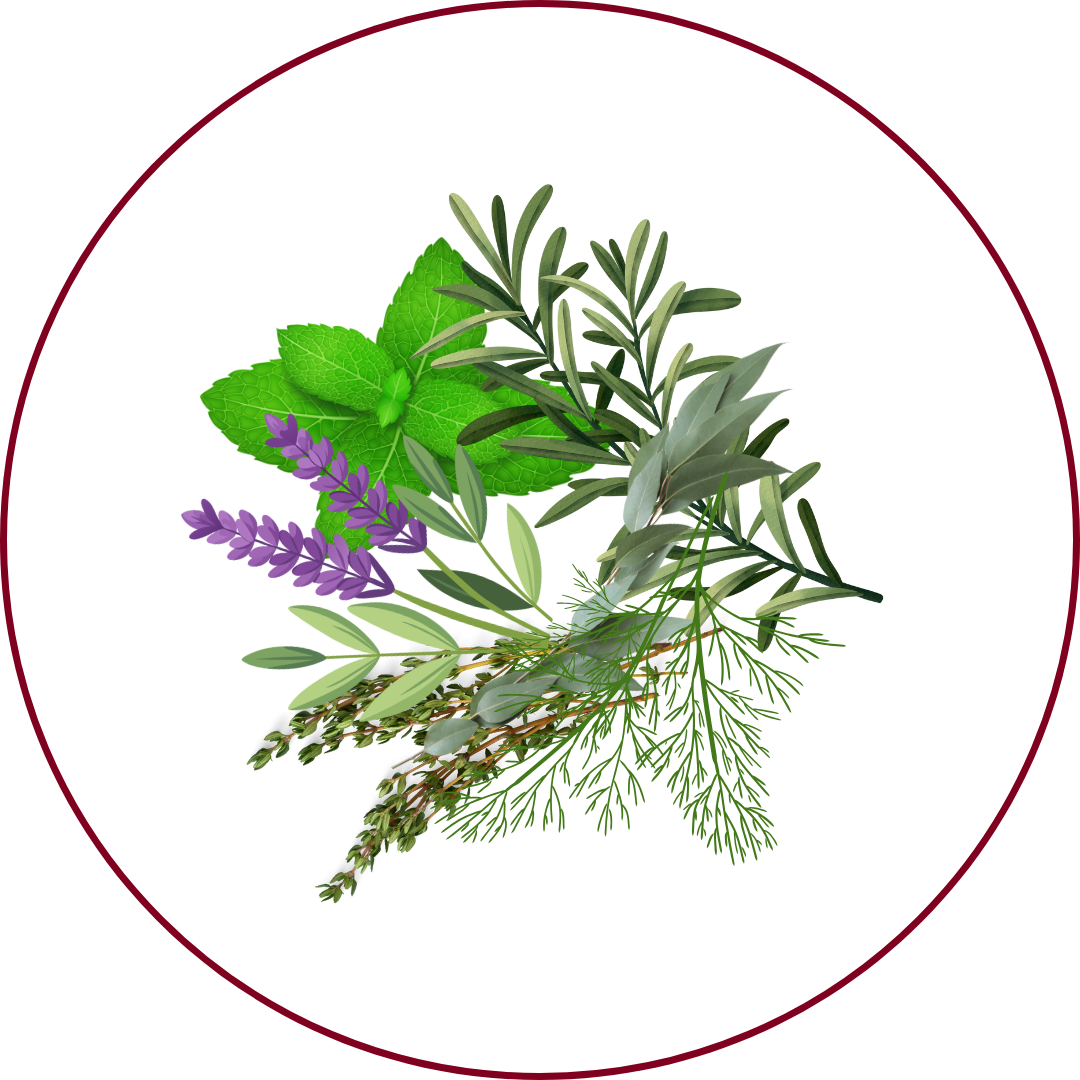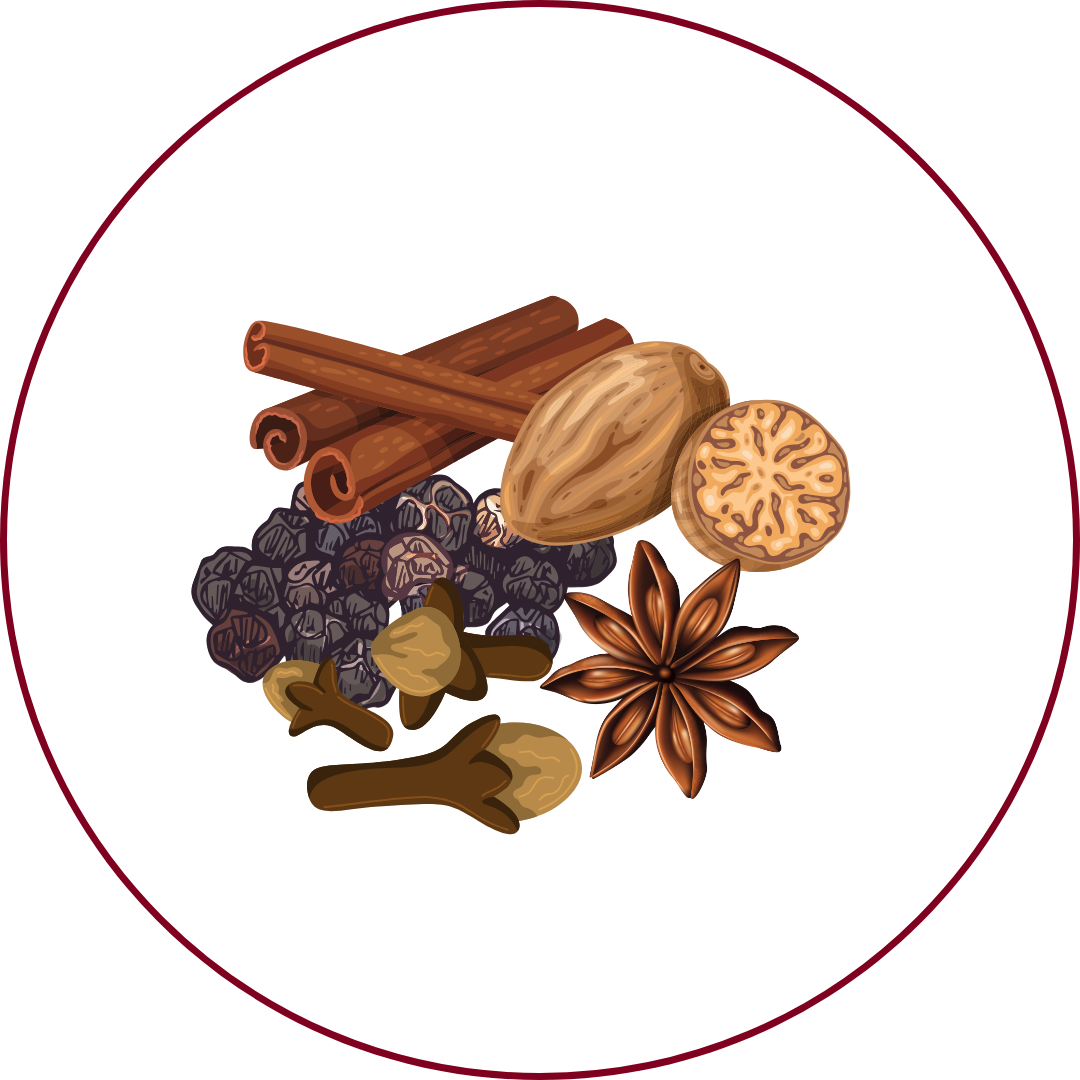Grape Variety
Lacrima
"LAH-kree-mah"
Wine Styles
 Sparkling
Sparkling Light White
Light White Full White
Full White Aromatic
Aromatic Rosé
Rosé Light Red
Light Red Medium Red
Medium Red Full Red
Full Red Dessert
DessertAbout Lacrima
Origin
Marche region, Italy
History
Lacrima is a rare red wine grape native to Italy's Marche region, primarily found in the Lacrima di Morro d'Alba DOC. The grape's name, meaning 'tear' in Italian, is derived from its tear-like shape or its thin skin that allows tear-like drops of juice to drip from the grape. Historically, Lacrima was more widespread but declined in the early 20th century due to its susceptibility to splitting and disease. However, a few determined vintners persevered, and Lacrima has now had a resurgence, helped along by the DOC title confirmed in 1985.
Appearance
Medium-sized, spherical, deep blue-black berries with firm skins.
Growing Traits
Lacrima grapes are known for their tendency to split when ripe, which can attract pests and diseases, making them challenging to cultivate. The grape prefers temperate climates and is sensitive to botrytis. Traditionally, cultivation involved 'marrying' the vines to living supports like trees or wooden poles.
Wine Characteristics
Body
3/5
Sweetness
1/5
Tannin
1/5
Acidity
3/5
Alcohol
2/5
Medium-bodied with a balanced structure, offering both freshness and depth. Typically dry, highlighting its aromatic profile. Low tannin levels, contributing to a smooth and approachable mouthfeel. Moderate acidity, providing freshness and vibrancy to the wine. Moderate alcohol content, generally around 12-13%, ensuring balance and drinkability.
Taste Profile

Cherry

Red Berries

Black Berries

Plum

Herbal

Spices (Licorice, Anise)
Lacrima wines are aromatic and richly flavored, showing intense floral and spiced characters on the nose with a fresh, berry-dominated palate.
Food Pairing
Lacrima's aromatic and fruity profile makes it a versatile companion for various dishes. It pairs well with lamb rack with rosemary and garlic, roasted duck breast with balsamic reduction, and cherry and dark chocolate tart.
Growing Regions

Italy
Marche
Notable Wines & Producers
Lacrima di Morro d'Alba
Marotti Campi
Lucchetti
Mancinelli
Lacrima FAQ
Common questions about this grape variety
What is the origin of Lacrima?
+
Marche region, Italy
Is Lacrima wine full bodied?
+
Lacrima has a body level of 3 out of 5. Which means that Lacrima is Moderate bodied.
Is Lacrima wine dry or sweet?
+
Lacrima has a dryness level of 1 out of 5. Which means that Lacrima is Dry.
Where is Lacrima wine from?
+
Marche region, Italy
Where is Lacrima grown?
+
Lacrima is grown in Italy (Marche).
What is Lacrima like?
+
Lacrima wines are aromatic and richly flavored, showing intense floral and spiced characters on the nose with a fresh, berry-dominated palate.
What does Lacrima pair with?
+
Lacrima's aromatic and fruity profile makes it a versatile companion for various dishes. It pairs well with lamb rack with rosemary and garlic, roasted duck breast with balsamic reduction, and cherry and dark chocolate tart.
What does Lacrima taste like?
+
Lacrima wines are aromatic and richly flavored, showing intense floral and spiced characters on the nose with a fresh, berry-dominated palate.
Take Lacrima Knowledge with You
Access detailed grape profiles, tasting notes, and pairing suggestions on your iPhone.
Download on theApp Store